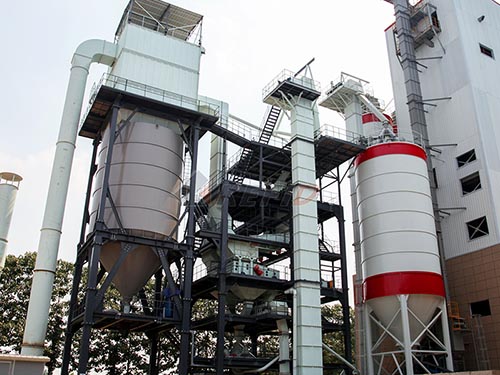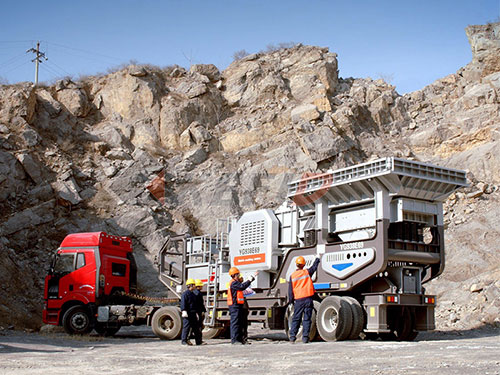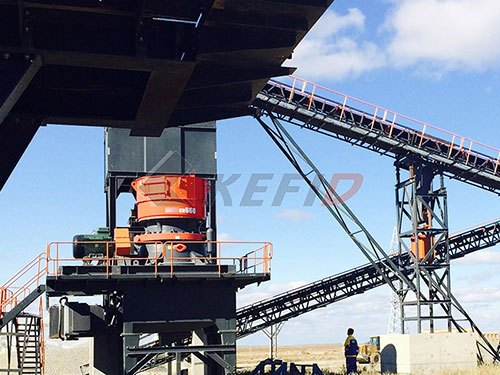Beyond the Sledgehammer: Demystifying the Homeowner Rock Jaw Crusher for Practical DIY Projects
The allure of transforming raw landscape rock into usable gravel or aggregate is undeniable for many homeowners and dedicated DIY enthusiasts. Whether it’s creating a durable driveway base, crafting decorative pathways, managing rocky terrain cleared during landscaping, or simply producing material for garden borders and dry creek beds, the ability to process stone on-site offers significant cost savings and creative freedom. While sledgehammers and manual labor have long been the traditional tools of choice (or necessity), a growing niche solution has emerged: the homeowner rock jaw crusher. This article delves deep into this specialized equipment category – exploring its mechanics, practicality, ideal applications, crucial considerations, limitations, safety imperatives, and whether it truly represents a viable investment for your property projects.
Understanding the Beast: What Exactly is a Jaw Crusher?

At its core, a jaw crusher operates on a brutally simple yet effective principle: compressive force generated by two opposing jaws breaks rock apart.
1. The Anatomy:
Fixed Jaw: This robust plate forms the stationary backstop against which material is crushed.
Movable Jaw: Also known as the swing jaw; this plate moves in an elliptical motion towards and away from the fixed jaw.

Crushing Chamber: The V-shaped space formed between the two jaws where rocks are fed and progressively reduced in size.
Toggle Plate: A critical safety component designed to break under extreme overload conditions (like encountering uncrushable metal), protecting more expensive parts like the eccentric shaft.
Eccentric Shaft: Driven by an engine or motor via belts/pulleys or direct drive; its off-center rotation imparts the swinging motion to the movable jaw.
Flywheels: Heavy wheels mounted on each end of the eccentric shaft that store rotational energy during part of its cycle (when moving away from fixed jaw) and release it during crushing (moving towards fixed jaw), smoothing out power delivery and reducing peak loads on the engine/motor.
Discharge Gap Adjustment: A mechanism (manual shims or hydraulic) allowing users to set the minimum distance between the jaws at their closest point (the discharge setting). This directly controls the maximum size of crushed product exiting the machine.
2. The Crushing Cycle:
1. Rocks are fed into the top opening of the crushing chamber.
2. As they enter

Leave a Reply